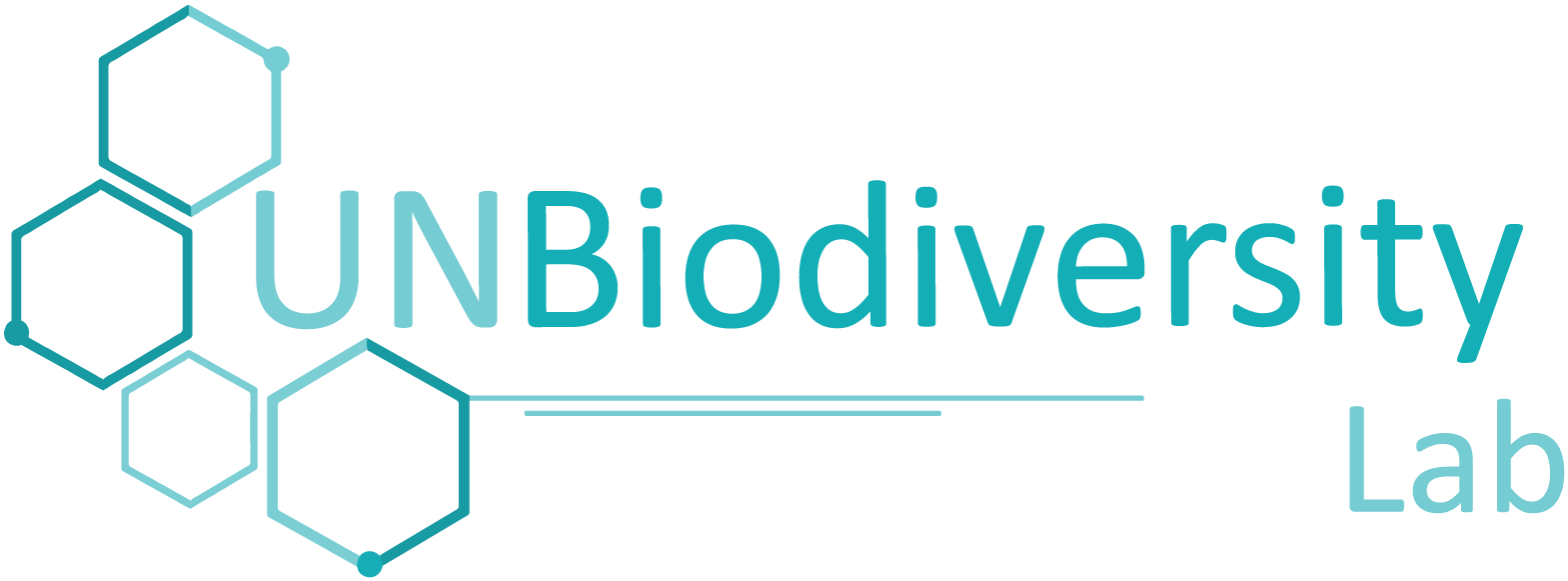About this data collection
Human activities on Earth have led to degradation of natural ecosystems: it is estimated that only 10 percent of the planet’s surface will remain free of direct anthropogenic impact by 2050. Land degradation results in loss of biodiversity and ecosystem functions, making communities more vulnerable to climate change impacts and socioeconomic pressures. At least 3.2 billion people are negatively impacted by the effects of degradation. The United Nations has recognised the urgent need to reverse pervasive degradation processes by declaring the UN Decade on Ecosystem Restoration. Restoration activities could generate $9 trillion in ecosystem services and remove between 13 and 26 gigatons of greenhouse gases from the atmosphere by 2030. Restoration of ecosystems from a degraded state can result in cumulative biodiversity, climate, and livelihood benefits, making people and nature more resilient.
The causes of degradation and the objectives of ecosystem restoration are varied, so restoration can also take many forms, from rewetting drained peat bogs, to planting mangrove forests in river deltas in tropical countries. Restoration can be categorised into three distinct types. One aims to restore degraded natural ecosystems to a more intact state, for example by assisting natural regeneration. The second focuses on restoring ecosystem functions in converted ecosystems, for example by changing agricultural practices to restore soil health and fertility. The third involves returning a converted ecosystem to a more natural state, while ensuring that this change does not compromise the livelihoods of people depending on the ecosystem.
How to use this data collection
The restoration collection on UN Biodiversity Lab explores opportunities to restore ecosystems for the benefit of nature and people. To explore the data layers, click on the question of interest and browse the available data layers that highlight different types of restoration and ecosystems.
Explore the collection in three easy steps:
- Browse the key policy questions provided below.
- Select a question of interest to view a description of the map available, input data layers, and policy relevance.
- Click view data to view a map that provides input to address the question.
Note: These policy-relevant questions and associated data layers are provided for users to develop their own prioritization when pursuing nature-based solutions for climate change. While global layers from the UNBL public platform are used here, users may also want to consider using national data to create similar overlays via our UNBL workspaces.
ⓘ Data layers to address policy-relevant questions
The World Database on Other Effective Area-based Conservation Measures (WD-OECM) was established in 2019, following the adoption of the OECM definition (https://www.cbd.int/decisions/cop/14/8) in 2018. Given that the database and definition were only recently developed, many governments have not yet reported data on OECMs, or have reported only a subset of their OECMs. Users should consider this when using the WD-OECM, and should not assume that countries without OECM data lack OECMs in reality, or that countries with OECM data have reported their full complement of OECMs. Users wishing to provide data on OECMs should contact UNEP-WCMC at OECM@unep-wcmc.org.

